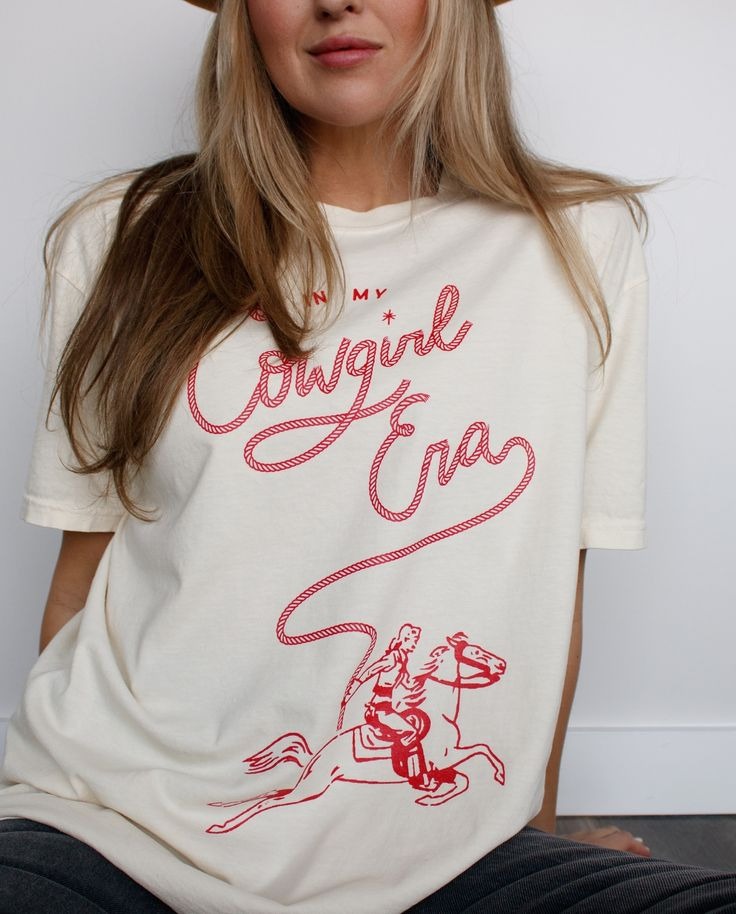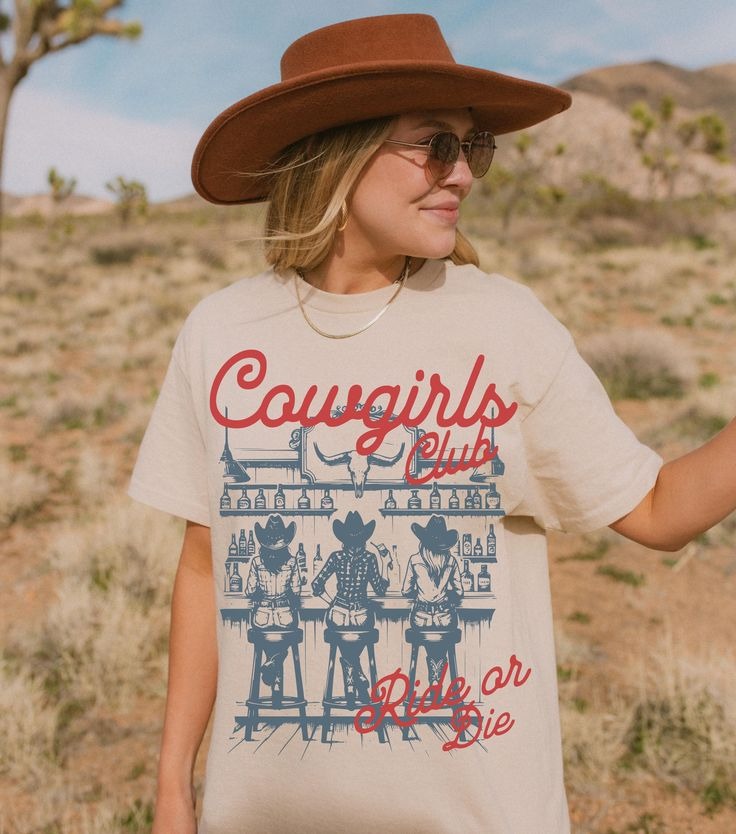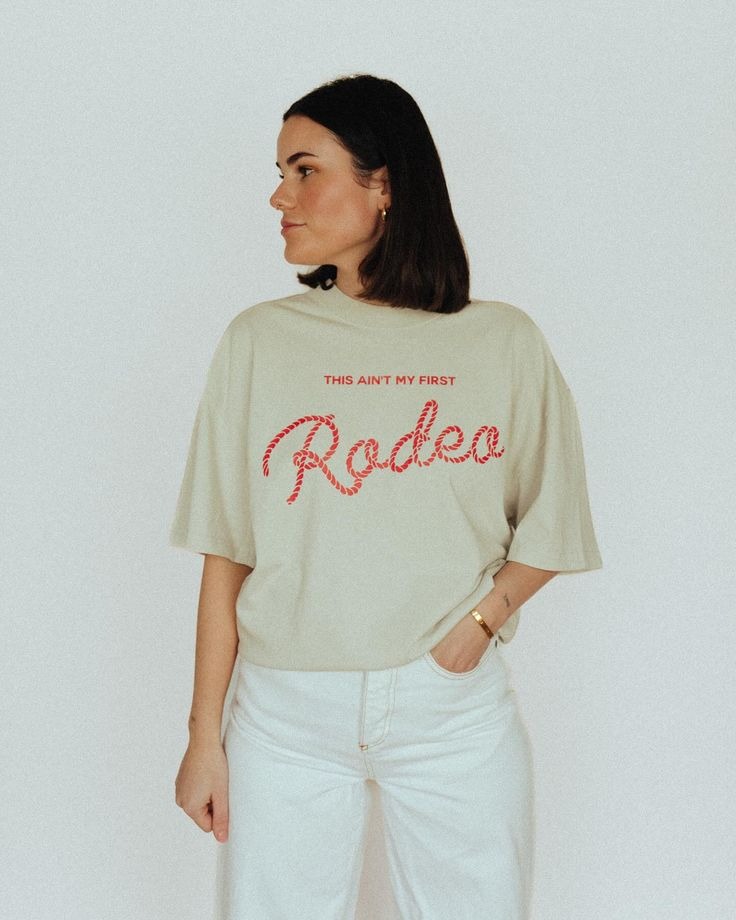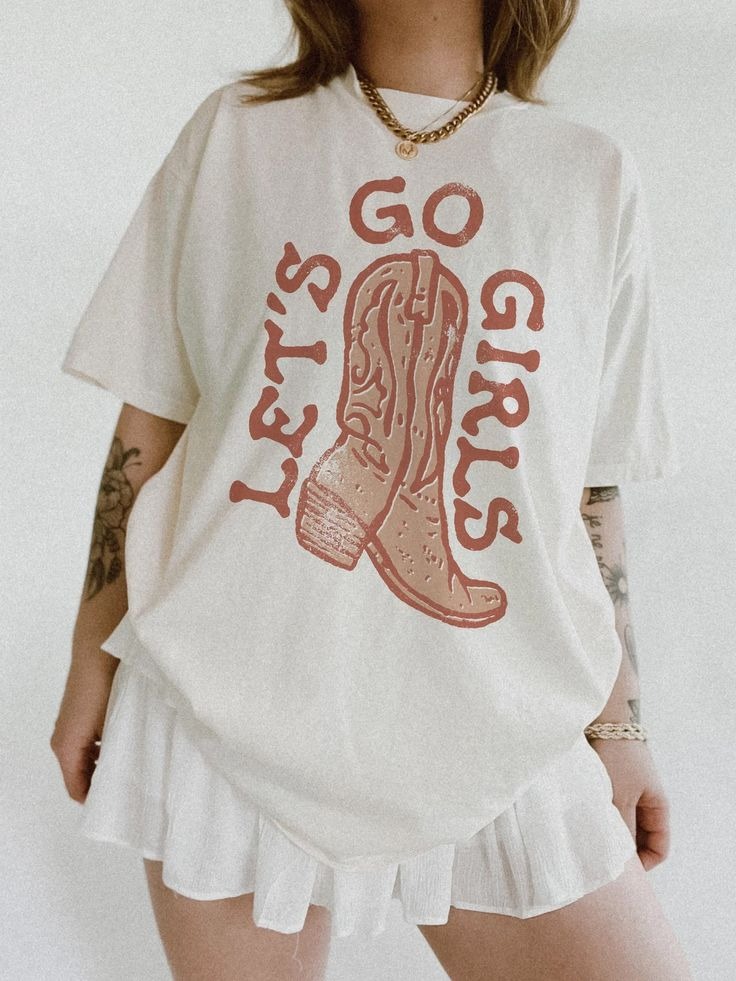No products in the cart.: 0,00$
T-Shirts: A Monumental Weave of Tradition, Technology, and Transformation

Introduction
The T-shirt’s deceptively simple silhouette—two sleeves, a central body panel, and a neck opening—masks an extraordinary tapestry of human endeavor. This single garment has journeyed from 19th-century naval undergarments to 21st-century smart textiles; from hidden workwear to high-fashion status symbols; from grassroots protest banners to virtual avatar wardrobes. In this comprehensive exploration, we delve deeper than ever into the T-shirt’s multifaceted evolution: its obscure early beginnings, the revolutionary advances in fiber science and manufacturing, landmark cultural and artistic collaborations, the complex economics of global supply chains, critical sustainability and labor issues, the art and science of styling and fit, and bold visions of a circular, bio-digital future. Through meticulous detail and expansive scope, we reveal how the T-shirt stands not merely as a basic garment but as a living archive of innovation, identity, and responsibility.
1. Historical Foundations and the Dawn of Casual Wear
The T-shirt’s roots trace to the mid-1800s, when Europe’s burgeoning textile mills began experimenting with one-piece knitted jerseys to meet the needs of sailors and factory laborers who required breathable, quick-dry underlayers. Early flatbed-knit jerseys offered freedom of movement and rapid moisture release but remained concealed beneath uniforms and overcoats. It was only through the exigencies of two world wars that this undergarment began to emerge in public life.
-
World War I Experimentation: Shortages of standard uniforms led armies to issue cotton jerseys in training camps. Soldiers prized their lightweight comfort but generally kept them hidden under tunics.
-
World War II Adoption: In tropical theatres—from Guadalcanal’s jungles to North Africa’s deserts—the cotton undershirt proved indispensable. Sailors and soldiers returning home in surplus tee shirts catalyzed the shift from undergarment to outerwear.
-
Hollywood’s Influence: Iconic on-screen moments—Marlon Brando’s slashed sleeves in A Streetcar Named Desire (1951) and James Dean’s lean white tee in Rebel Without a Cause (1955)—reframed the T-shirt as a symbol of rebellion and authenticity.
-
Postwar Leisure Culture: Suburban families repurposed surplus tees as work shirts, sleepwear, and casual attire. By the late 1950s, casual wear had solidified; the T-shirt, once hidden, became ubiquitous.
2. Deepening Material and Manufacturing Innovations
From coarse single-jersey cotton to engineered smart fabrics, the T-shirt has served as a laboratory for textile breakthroughs—and more recently, for sustainable redesign.
-
Ring-Spun Cotton (1950s): Twisting and thinning fibers before knitting produced smoother, stronger yarns, reducing pilling and shape distortion.
-
Synthetic Blends (1970s–1990s): Polyester and nylon blends introduced rapid-dry and wrinkle resistance; the arrival of spandex added four-way stretch and recovery, catalyzing the fusion of activewear and everyday basics.
-
Chemical Finishes: Hydrophilic moisture-wicking coatings, antimicrobial treatments, and UV-blocking additives transformed the tee into functional performance wear.
-
Regenerated Cellulosics: Lyocell, modal, and bamboo viscose brought soft, breathable knits derived from wood pulp—processed in closed-loop solvent systems that recover over 99% of chemicals.
-
Recycled and Bio-Based Yarns: Post-consumer PET bottles yield recycled polyester; agricultural byproducts (pineapple leaves, coffee grounds) feed experimental bio-fabrics, valorizing waste streams.
-
Three-Dimensional Knitting: Seamless, on-demand knitting machines craft entire T-shirts to shape, eliminating cut-and-sew scrap and reducing labor inputs.
-
Waterless and Digital Printing: Supercritical CO₂ dyeing slashes water use by up to 95%; digital direct-to-garment printing enables full-color, high-resolution graphics on demand, with minimal effluent.
3. Cultural Resonance and Iconic Collaborations
The T-shirt’s blank canvas has broadcast political messages, brand identities, and artistic visions across generations:
-
Protest and Solidarity (1960s–1970s): Screen-printed slogans—“Make Love, Not War,” “Black Power”—became mobile banners at Vietnam protests, civil-rights marches, and environmental rallies.
-
Logo Mania (1980s): Luxury houses weaponized branding, plastering monograms across chests; the logo tee emerged as a status symbol.
-
Streetwear and Capsule Drops (1990s–2000s): Skate and hip-hop subcultures birthed limited-edition “drops,” where artist collaborations with brands like Supreme × Louis Vuitton fetched resell prices exponentially higher than retail.
-
NGO and Institutional Partnerships: WWF’s endangered-species campaigns; NASA’s space-mission embroidery; university outreach tees bearing climate-data infographics—each leverages the tee as a vessel for narrative and outreach.
-
Digital and Virtual Realms: Print-on-demand platforms empower indie designers; influencers monetize personal merch lines; avatars in Fortnite and the metaverse wear digital tees; AR filters let users “try on” shirts before buying.
4. The Intricate Economics of Global Supply Chains
Beneath every T-shirt lies a complex web of resources, labor, and logistics:
-
Fast-Fashion Giants: Vertical integration and AI forecasting produce sub-$10 tees in millions—yet incur hidden costs in water use, chemical pollution, and labor exploitation.
-
Artisanal and Luxury Tiers: Couture-level tees, hand-painted or embroidered, retail for hundreds or thousands, emphasizing craftsmanship and rarity.
-
Midmarket Ethical Brands: Transparent sourcing (often via blockchain), fair-wage commitments, and small-batch production align inventory with actual demand, reducing overstock.
-
Subscription and Rental Models: Services like Rent the Runway rotate curated tee collections, extending lifecycles through professional maintenance and eventual recycling.
-
Secondary and Resale Markets: Vintage concert tees, archival streetwear collabs, and artist-signed pieces trade on platforms like Grailed and StockX, commanding premium valuations as collectible assets.
5. Confronting Ethical and Environmental Imperatives
The T-shirt’s ubiquity belies a formidable footprint—yet industry breakthroughs chart paths to regeneration:
-
Water and Chemical Use: Conventional cotton can demand over 20,000 L of water per kilogram; dye houses have historically discharged heavy-metal and azo dye effluents into waterways.
-
Microplastics: Each wash of a polyester blend releases thousands of microfibers, infiltrating marine food chains.
-
Labor Conditions: Garment workers—predominantly women in low-wage regions—often endure unsafe factories and inadequate pay; high-profile disasters spotlight persistent vulnerabilities.
-
Regenerative Agriculture: Intercropping, cover cropping, and soil-regenerative practices for cotton cultivate biodiversity, sequester carbon, and reduce agrochemical reliance.
-
Closed-Loop Recycling: Mechanical and chemical recycling reclaim fibers from post-consumer textiles; emerging technologies promise fiber-to-monomer conversion for mixed blends.
-
Transparent Traceability: Blockchain “fiber passports” document each shirt’s journey—seed to shirt to recycling—empowering informed consumer choice and corporate accountability.
6. The Art and Science of Styling, Fit, and Personalization
The T-shirt’s adaptability extends from its underpinning silhouette to infinite styling permutations:
-
Cut and Contour: Necklines (crew, V, scoop, asymmetric), sleeve architectures (cap, raglan, dolman, three-quarter), and hemlines (cropped, tunic, high-low) shape visual proportion and movement.
-
Fabric Weight and Drape: Slub cotton, rib knits, slinky jerseys, mid-weight interlocks—each knit structure dictates hand feel, drape, and opacity.
-
Personalization Techniques: Tie-dye, batik, hand-embroidery, heat-transfer foils, embroidered patches, and digital direct prints allow bespoke expression.
-
Layering Strategies: Under blazers, over turtlenecks, beneath shearling vests—T-shirts anchor looks across seasonal palettes and style codes.
-
Accessories and Footwear: Silk scarves, minimalist jewelry, sculptural belts, and shoes from loafers to retro sneakers calibrate formality and flair.
7. Care, Repair, and Upcycling: Cultivating Longevity
Extending a T-shirt’s lifecycle demands conscious stewardship:
-
Laundering Best Practices: Wash inside-out on cold, gentle cycles with biodegradable detergents; air-dry or tumble low to prevent shrinkage; avoid fabric softeners that degrade moisture-management finishes.
-
Mending Techniques: Invisible darning, sashiko repair, decorative patchwork, and hand stitching transform wear areas into features of character.
-
Upcycling Projects: Quilts, tote bags, throw pillows, and wall tapestries emerge from retired tees, preserving memories in new functional forms.
-
Community Initiatives: Repair cafés, clothing swaps, and maker workshops foster collective skill-sharing and challenge disposable norms.
8. Future Horizons: Bio-Digital Convergence and Circular Realization
The T-shirt’s story continues to unfurl at the edges of material science, biotechnology, and digital innovation:
-
Smart Textiles: Conductive fibers integrated into knit structures monitor biometrics—heart rate, temperature, posture—and relay data to wellness platforms.
-
Adaptive Materials: Phase-change microcapsules and shape-memory polymers dynamically regulate insulation and ventilation in response to body heat and ambient conditions.
-
Augmented Reality Apparel: AR filters and smart-glass overlays project interactive graphics onto physical shirts, enabling living canvases of digital art.
-
On-Demand Microfactories: AI forecasting combined with robotic knitting kiosks promises zero-inventory production of personalized, made-to-measure tees within retail spaces.
-
Biofabrication: Microbial bioreactors grow cellulose and protein-based fibers, drastically reducing land, water, and chemical inputs compared to conventional crops.
-
Carbon-Sequestering Polymers: Novel yarns synthesized from captured atmospheric CO₂ convert greenhouse gas into long-lived textile stores.
-
Digital Fiber Passports: Blockchain-secured records document every stage—agricultural origin, chemical use, labor conditions, washing cycles, and recycling fate—ensuring full transparency and accountability.
Conclusion
From hidden beginnings on naval decks and factory floors to its place as a global cultural totem and a proving ground for sustainable innovation, the T-shirt’s odyssey spans centuries of creativity, conflict, and collaboration. Its unassuming anatomy belies a profound capacity to reflect shifting values—personal, political, environmental—and to catalyze transformative possibilities. As we stand at the threshold of a circular, bio-digital future, the T-shirt offers both mirror and map: reflecting our choices and charting pathways toward regeneration, equity, and enduring style. In every thread lies a story of where we have been, and in every innovation, a promise of where we may yet go—reminding us that even the simplest garment can carry the weight of extraordinary change.




